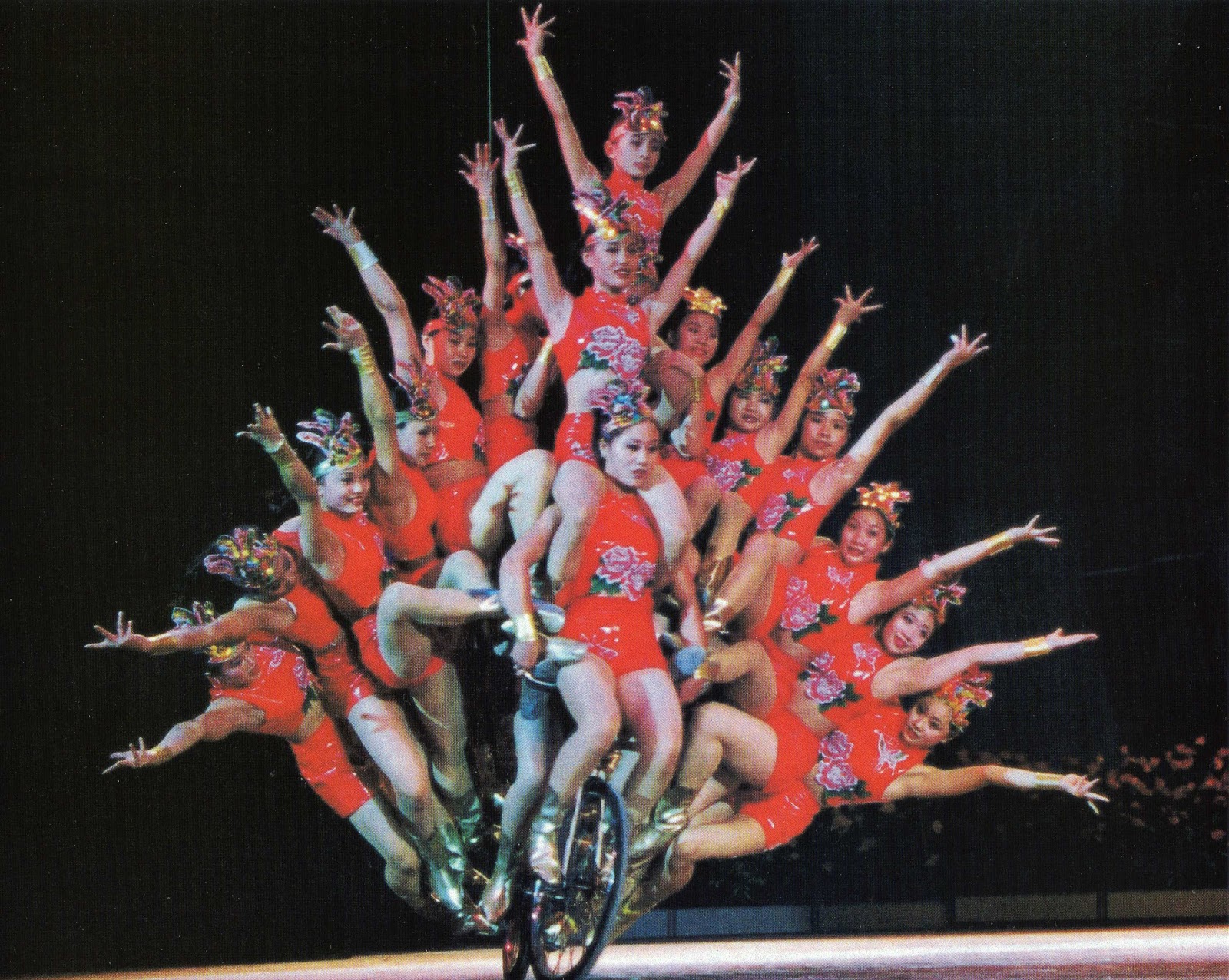Great interviews underpin the analysis, I was particularly gripped by the accounts of current and ex people of the traditional circus with wild animals. A type of show now almost universally unloved in Britain. Hardly any exist now. The main wild animal show featured in the book has since changed name and removed the wild animals. A good move since that is likely to be law by 2015. A few, like Zippos, continue with horses only but are sometimes met by animal rights activists bearing leaflets showing elephants and tigers.
The elephant not in the room, - why a tent in a field and sawdust ring if there are no animals? Circus will develop differently. The trend is more theatrical, better lighting, music and production. But the skills remain much the same.
What struck me most was Mark's astute comment:
The elephant not in the room, - why a tent in a field and sawdust ring if there are no animals?
 |
| The elephant in the room My article in The Stage on the return of elephants to the Great British Circus |
At the time I thought, cynically, 'Really?' But then, I'd been brought up with the idea that training animals to perform in a circus was fundamentally wrong. Furthermore, although I was fast becoming a circus fan, it was the daredevilry of human performers that had drawn me to ringside. In fact, all the circuses I'd seen up until that point were all-human shows performed in theatres. Even the historic Great Yarmouth Hippodrome, where I got my first adult taste of circus magic, was a building and presented a thoroughly contemporary all-human show.
So did circuses really need animals? Cirque du Soleil had become the biggest circus company in history without them.
 |
| Inside the big top - a full house at Zippos |
 |
| Horses and Sawdust at Zippos - the type of act the circus ring was made for |
During my research I spoke to many current and retired animal trainers and formed a more complex picture of the way animals are trained and treated. Yes, there has been cruelty but no, I don't believe it's inherent or widespread. What came across most from the trainers I spoke to was their deep love of the animals they work with.
But I also came away with the question Mark asks in his review of my book - why a tent in a field if there are no animals? And if animals are eventually banned from the circus (and they've almost disappeared from British circuses already) can the big top survive without them?
The sawdust ring was invented by the father of the modern circus, Philip Astley, for the presentation of galloping horses and it's for such acts that it remains best suited. You couldn't parade elephants and polar bears around in a theatre, so the rougher and more raw setting of a big tent once provided the only viable place to see them.
But without the need for an animal-friendly setting, why swap a cosy theatre seat for the often cold and muddy environment of a tent in a field?
 |
| Girls on a bike - some stunts only fit in a big top (a picture of the Chinese Stage Circus from Circus Mania) |
In the Chinese big top, as I chronicled in Circus Mania, that was girls performing Astley-style horse-riding tricks but on furiously pedaled bikes, and guys flying off swinging poles the length of telephone poles. The theatre version of the circus had to do without such acts and, although still good, was a paler copy by comparison.
You can't perform the flying trapeze in a theatre, or a wheel of death, or put a human pyramid on a high-wire, because you don't have the height. There's only so much water and goo a clown can throw around in a theatre, too.
In a big top you can do anything. But if the circus is to tempt the public out of theatres and into tents, it won't be a case of 'can do,' but 'must do.'
The big tops that pull crowds without animals will be the ones that give us the big tricks - the Russian swing; the human cannonball; the globe of death. The shows that can put the 'big' in the big top will thrive.
Big acts are expensive, however, and the prospects are grimmer for the small traditional circuses where a few family members gamely turn their hand to several smaller scale tricks. Take away their animals - their one unique selling point - and such circuses may have little left to offer us.
 |
| Thomas Chipperfield presents Britain's last big cats in a British circus |
Douglas McPherson is the author of Circus Mania - The Ultimate Book For Anyone Who Dreamed of Running Away with the Circus (Peter Owen Publishers).
Click here to buy Circus Mania from Amazon.

No comments:
Post a Comment